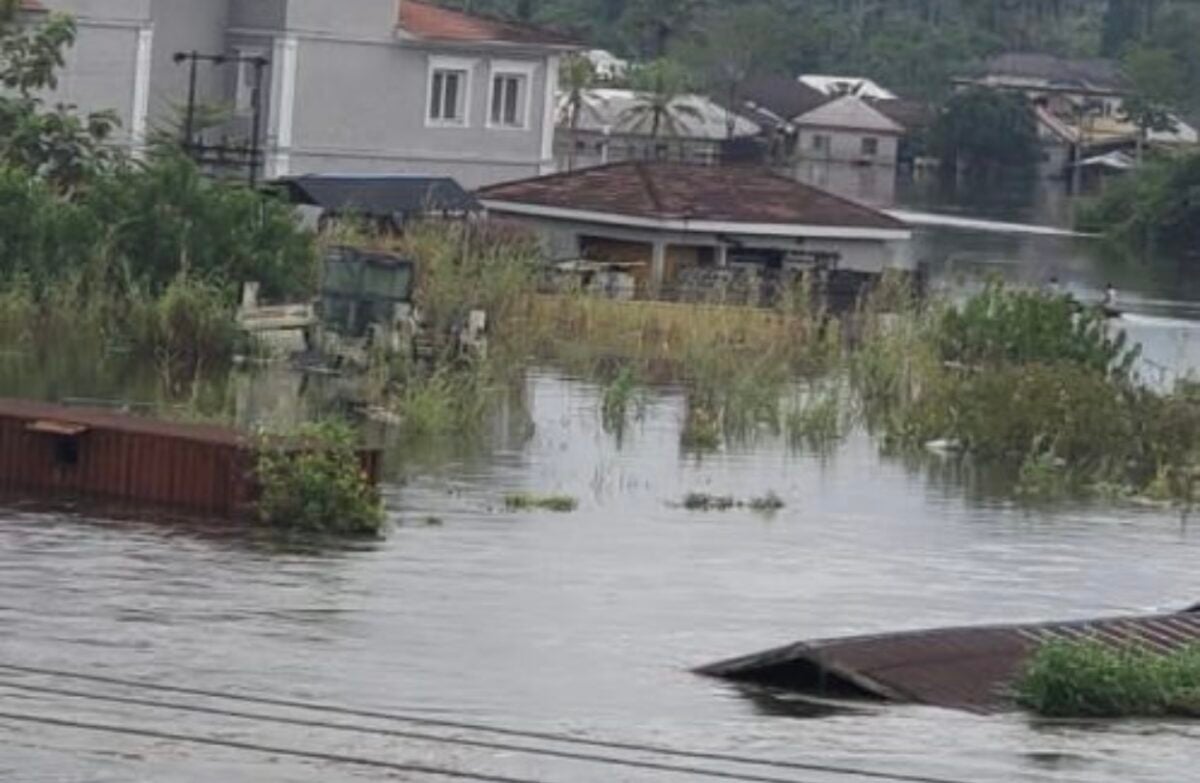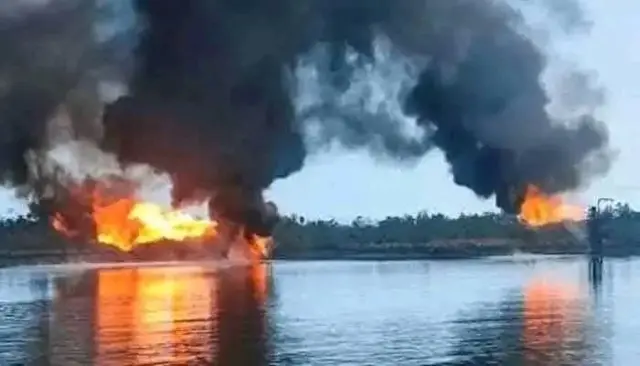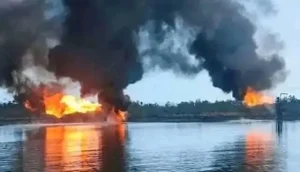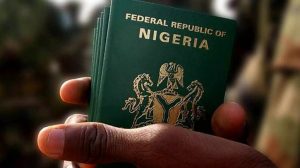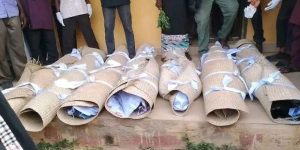Floods: Nigerian govt lists most affected states
The Nigerian government has categorised states into three based on the extent of flooding in the states this year.
The Minister of the Federal Captial Territory, Nyesom Wike, disclosed this Thursday while briefing State House journalists at the end of the National Economic Council (NEC) meeting.
Mr Wike said a special committee set up by NEC did the grouping after it went round the country to assess the impact of floods.
“The states in group ‘A’ are those with over 15 points. The most affected States are Anambra, Bauchi, Bayelsa, Benue, Borno, Kogi, Nasarawa, Niger, Rivers, Enugu, Kano, Oyo, Yobe, Zamfara
“Those in group ‘B’, those with 10-15 points, are Cross River, Delta, Jigawa, Kwara, and Ondo while those in category ‘C’ with less than 10 points are Katsina, Abia, Adamawa, Akwa Ibom, Bauchi, Ebonyi, Edo, Ekiti, Gombe, Imo, Kaduna, Katsina, Kebbi, Lagos, Ogun, Osun, Plateau, Sokoto, Taraba, FCT.”
He said the council directed the National Emergency Management Agency (NEMA) to immediately provide intervention to the affected states.
“NEC resolved to develop a roadmap for intervention and directed the National Emergency Management Agency (NEMA) to provide immediate intervention on relief materials to the affected states,” he said.
The minister said the NEC would develop a road map in collaboration with the Chairman of the Nigerian Governors Forum to address the incessant flooding.
PulseNets has reported floods in many states leading to some deaths and loss of properties. On Thursday, the meteorological agency, NiMet, urged Nigerians to expect more floods in some states due to the volume of rainfall expected.
While more floods are still expected this year, the situation has been relatively better than last year when over 600 people died and over 1.4 million were displaced due to floods.
Also Read: Lagdo Dam: NEMA gears up for looming flood disaster
After Mr Wike’s address, the Senior Special Assistant to the President on Media and Communications, Stanley Nkwocha, gave details of balances in the nation’s excess crude and other accounts as follows:
Excess Crude Account, $473,754.57; Stabilization Account, N34,936,868,803.58 (34.9 billion); Development of Natural Resources, N128,330,636,441.14 (128.3 billion).
